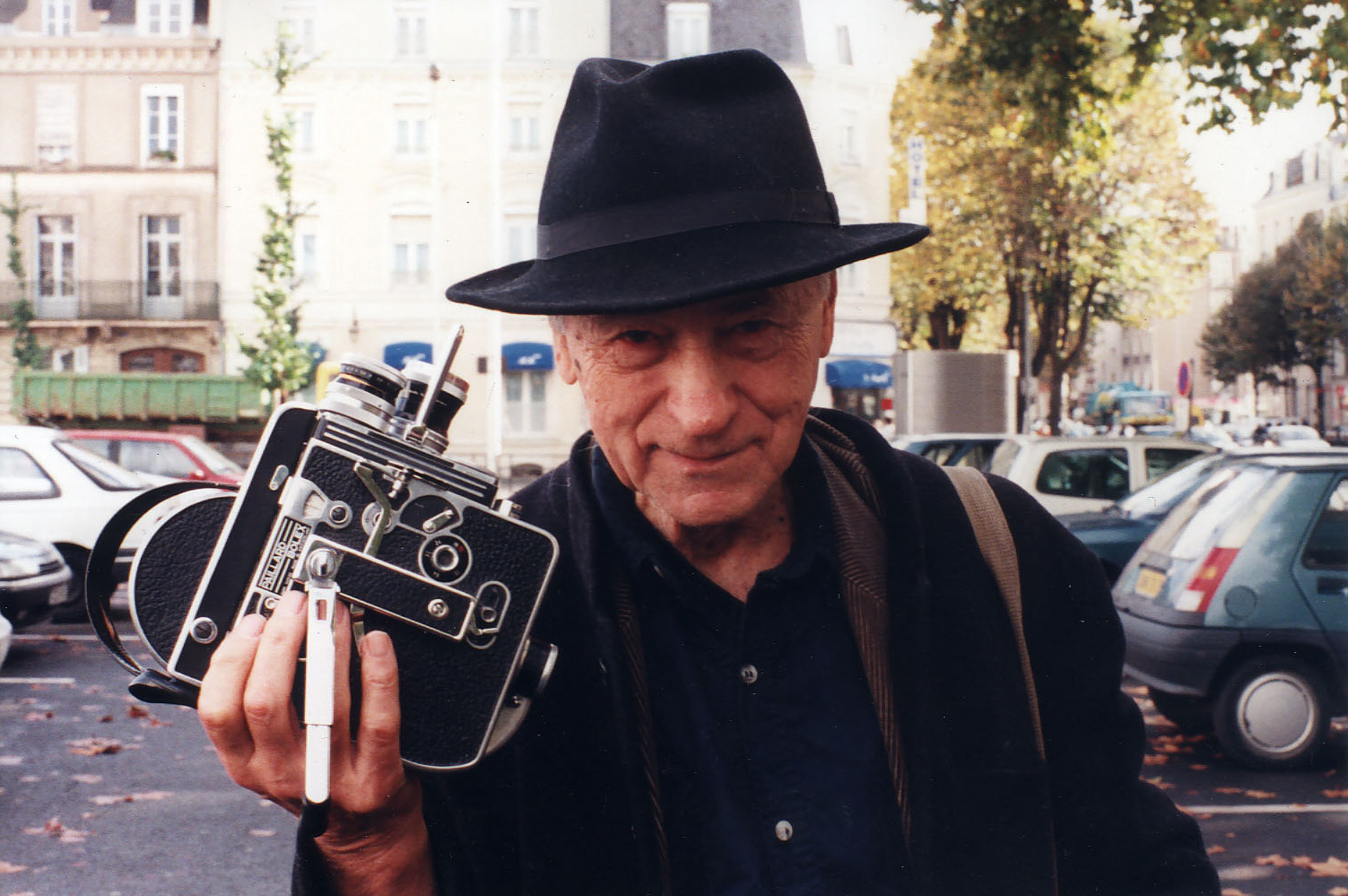Michael Casper, “I Was There,” NYRB, June 7, 2018 →.
Michael Casper, “World War II Revisionism at the Jewish Museum,” Jewish Currents, April 21, 2022 →.
Letter to The New Yorker, May 23, 2022.
Barry Schwabsky and Michael Casper, “On Jonas Mekas: An Exchange,” NYRB, July 19, 2018 →.
Specifically, the Soviet-German nonaggression treaty of August 23, 1939 (the Molotov-Ribbentrop Pact), the Treaty of Friendship of September 28, 1939, and the commercial agreements of January 10, 1941.
As stated by former LAF leaders Juozas Brazaitis (Ambrazevičius) and Pilypas Narutis, “Lietuvių aktyvistu frontas,” in Lietuvių enciklopedija, no. 16 (Boston: LE leidykla, 1958), 27.
Casper, “World War II Revisionism.”
Citation provided by Mekas’s family and friends who had access to Casper’s email correspondence with the artist. The information citing him as “editor” found in a short encyclopedic entry in 1997 and other sources almost certainly comes from information supplied by Mekas himself, which first appeared in a 1959 émigré multivolume encyclopedia (“Mekas, Jonas,” in Lietuvių enciklopedija, no. 18 (Boston: LE leidykla, 1959), 148.)
Some responded with humor, as in the anecdote about the two major Soviet newspapers, the Party organ Pravda (The Truth), and the government paper Izvestiya (The News): “There is no news in The Truth and no truth in The News.”
Dov Levin, The Lesser of Two Evils: East European Jewry under Soviet Rule, 1939–1941 (Jewish Publication Society, 1995).
As in the memoir of the refugee and later president of Lithuania, Valdas Adamkus: Likimo vardas—Lietuva (Fate’s Name—Lithuania) (Kaunas, 1998).
“Beria’s Report to the Presidium of the Central Committee of the Communist Party of the USSR,” May 8, 1953, listing Lithuanians who had “suffered repression.”
Jonas Mekas, Žmogus be vietos: nervuoti dienoraščiai (Man without a Place: Nervous Diaries) (baltos lankos, 2000).
In challenging Mekas’s account of his own education, Casper claims that Mekas’s high school graduation and studies at the University of Mainz are proof that the artist lied about being “largely self- taught.” Mekas, like many village children with literate but minimally educated parents, enrolled in elementary school late at age nine (which in Lithuania comprised four grades). He was a voracious reader who eventually tested into the appropriate grade for his age. Mekas struggled as an older student but finally entered high school when he was seventeen. He took some college courses in Germany as a displaced person but never earned a degree. To challenge a nonagenarian about this seems ungenerous at best.
Mekas, Žmogus be vietos, 389.
In one reasonable definition, the collaborator must be willing “to grant the occupier authority” in a context of an “uneven distribution of power,” rather than merely providing “expertise and information.” Jan Tomasz Gross, Polish Society under German Occupation: The Generalgouvernement 1939–1944 (Princeton University Press, 1979), 117, 119.
As in the title of the journalistic survey by David Littlejohn, The Patriotic Traitors: A History of Collaboration in German-Occupied Europe, 1940–1945 (Heinemann, 1982).
David Nasaw, The Last Million: Europe’s Displaced Persons from World War to Cold War (Penguin Books, 2020).
Casper, “World War II Revisionism.”
See Alan Ryan’s thoughtful review essay “Whose Nationalism?” NYRB, March 26, 2022 →.
As an interesting aside, one should note that rescuers in all Nazi-occupied countries were a diverse lot. Some brave souls were known anti-Semites (a point well elaborated by historian Nechama Tec), which seems counterintuitive—but only if one forgets that most American abolitionists were racists by today’s standards. To complicate matters further for those seeking a simple history, Timothy Snyder has cited the case of Andrey Sheptytsky (Andrzej Szeptycki), the Ukrainian metropolitan of the Greek Catholic Church who “welcomed the Nazis and saved Jews” (Timothy Snyder, “He Welcomed the Nazis and Saved Jews,” NYRB, December 21, 2009 →). A thorough analysis of this cleric’s thinking can be found in John-Paul Himka, “Metropolitan Sheptytsky and the Holocaust,” Polin, no. 26 (2013).
Casper, “World War II Revisionism.”
The International Commission for the Evaluation of the Crimes of the Nazi and Soviet Occupation Regimes in Lithuania, known in short form as the International Historical Commission.
The Lithuanian parliament’s declaration of independence of March 11, 1990 was a restoration of a status that had existed de jure since 1918. The major Western powers never recognized the incorporation of the Baltic States by the USSR and had continued to accredit their diplomatic missions throughout the postwar period.
An overview of the Commission’s work is in my article “The International Commission for the Evaluation of the Crimes of the Nazi and Soviet Occupation Regimes in Lithuania: Successes, Challenges, Perspectives,” Journal of Baltic Studies 49, no. 1 (2018).
Casper, “World War II Revisionism.”
Putin is now playing the anti-fascist card in Ukraine with brazen hypocrisy, but this has roots in the Soviet past, as explained in Timothy Snyder, “We Should Say It. Russia Is Fascist,” New York Times, May 19, 2022 →.
A good example of an honest confrontation with the past is Jeffrey Gettlemen, “On Poland-Ukraine Border, the Past Is Always Present. It’s Not Always Predictive,” New York Times, April 14, 2022 →.
